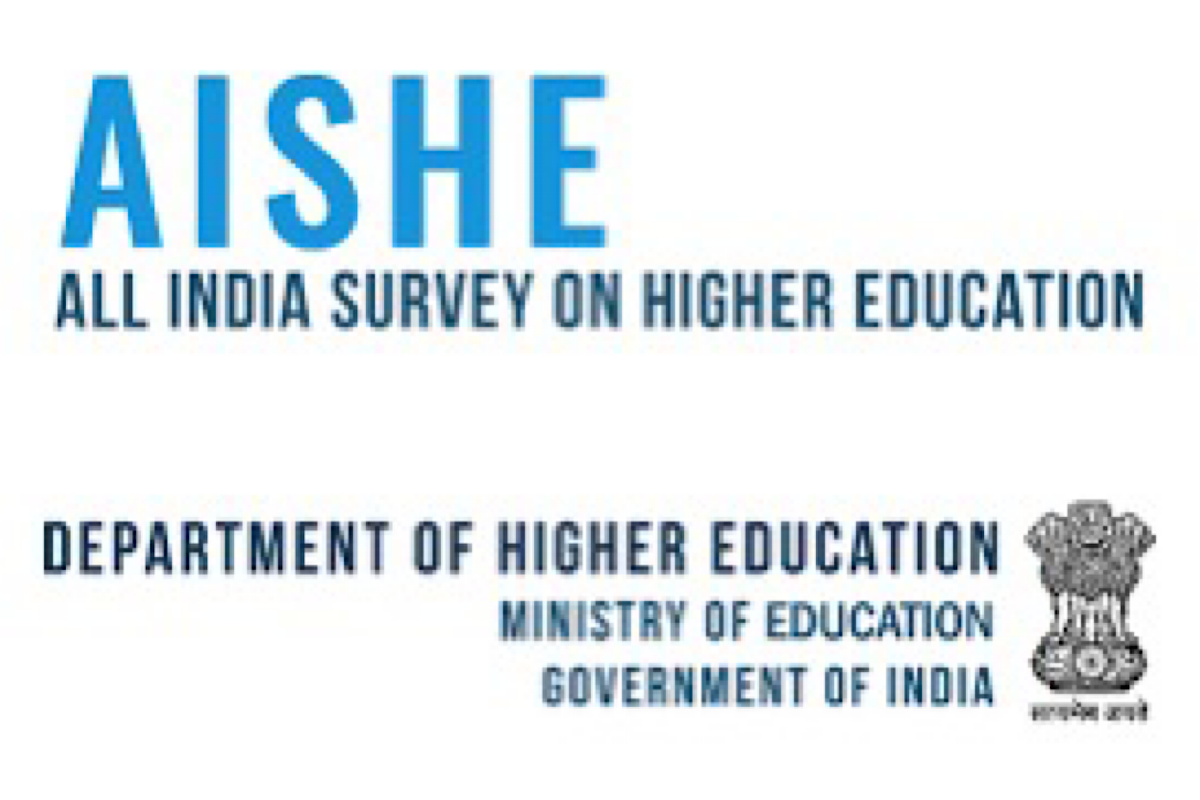Jharkhand unveils ambitious plans for education, science and innovation
The Jharkhand government has unveiled ambitious projects aimed at propelling the state into a new era of education, science, and innovation.
There has been a 4.58 per cent increase in enrollment of students in higher education and a steady impro vement in female admissions.

AISHE (photo:Official Website)
There has been a 4.58 per cent increase in enrollment of students in higher education and a steady impro vement in female admissions. The latest 2021-22 report of the All India Survey on Higher Education (AISHE), under the Union education ministry highlighted the figure.
The female gross enrolment ratio (GER) in 2021-22 stood higher than the male GER for the fifth consecutive year as per the AISHE report. Female GER increased to 28.5 per cent (2.07 crore) in 2021-22 from 27.9 (2.01 crore) in 2020-21 and 22.9 per cent in 2014-15, when the number of females enrolled stood at a little over 1.57 crore. In 2021-22, the overall GER in higher education for the age group 18-23 years increased to 28.4 per cent, from 27.3 per cent in 2020- 21 and 23.7 per cent in 2014- 15, the base year.
Advertisement
The report, covering around 1,162 universities, 45,473 colleges and 12,002 standalone higher education institutions across states and Union Territories (UT) also focused that the female enrolment figures for states like Kerala, Telangana, Haryana, Assam, Himachal Pradesh, Jammu and Kashmir, Meghalaya and Chhattisgarh were significantly above that for males.
Advertisement
“The rapidly rising female enrollment, showcasing a 32 per cent rise since 2014- 15, gives me immense pride. This trend is evident acr oss all social categories and it signifies a paradigm shift in access to higher education for female students. It shows the Indian education system aims to empower women to create their own paths in their career journey.
Initiatives like targeted scholarships, girls’ hostels, and flexible learning options have undoubtedly played a crucial role in promoting this environment of inclusivity,” Prof M Jagadesh Kumar, chairman of the University Grant commission (UGC), told The Statesman on Saturday while reacting to AISHE report. “The significant increase in enrolment among minority communities portrays a heartening picture.
The total number of minority students has increased by 38 per cent while the total number of female students belonging to minority communities also increased by 42 per cent,” Prof Kumar said. “There has also been a significant 62 per cent jump in ST students, coupled with a sharp rise in SC and OBC representation, highlights our commitment to bridging the equity gap and ensuring educational opportunities reach all corners of society,” according to him
Advertisement